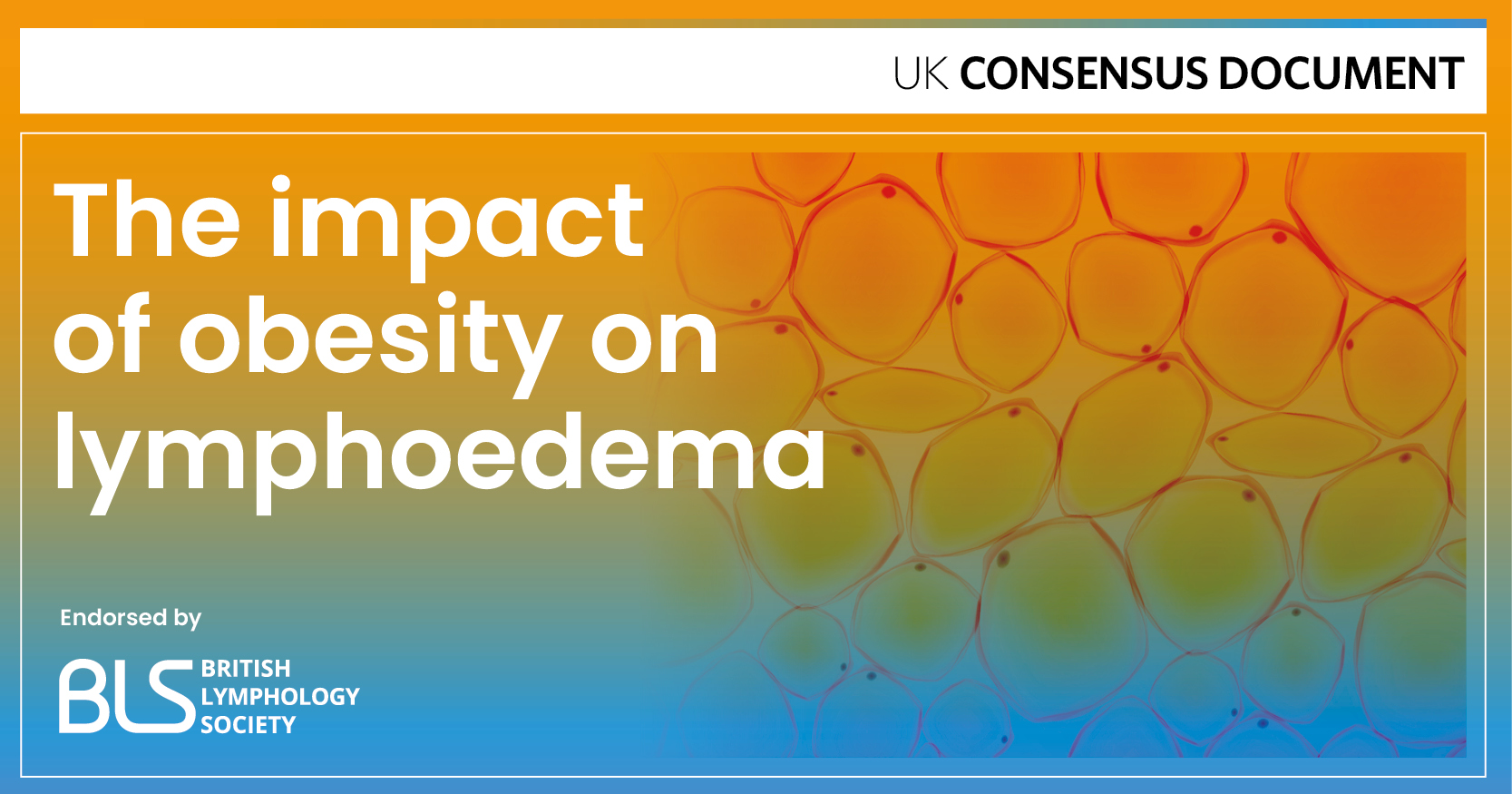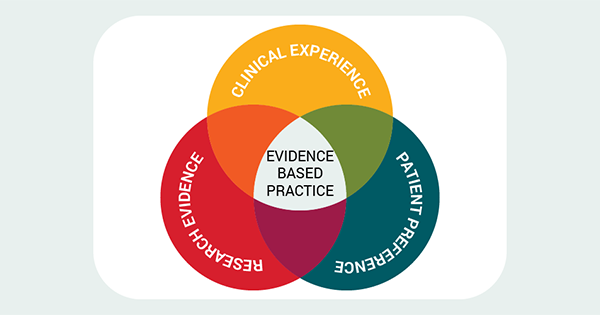NHS Greater Glasgow and Clyde, located across the West of Scotland, is the largest National Health Service provider in Scotland serving a population of around 2 million people. It comprises of 4,800 beds within 18 hospitals.Through audit and case note analysis, the organisation recognised that the standard of nursing documentation could be improved regarding the quality, volume and relevance of what was being documented by nursing staff.
One of the Tissue Viability Nurses (TVN) chose to explore this issue further whilst participating in the Scottish Improvement Foundation Skills (SIFS) programme.
SIFS aims to support individuals to develop the skills, knowledge, and confidence to take part as members of an improvement team. This includes contributing to testing, measuring and reporting on changes made by undertaking a specific improvement project, supported by the SIFS team.
The TVN chose this topic for improvement as there was a link between the standard of documentation and pressure damage being assessed as avoidable because the documentation did not capture the actual care that had been delivered to prevent pressure damage.
The aim of this SIFS improvement project was to reduce the number of pressure ulcers deemed avoidable caused by lack of specific, person-centred documentation.
Pre-implementation methodology and results
A test ward was selected and information was gathered through various sources: case note analysis, focus groups, time and motion reflection and pressure ulcer incidence.
Case note analysis
Case notes were randomly selected and assessed by the TVN in partnership with the nursing team. The case notes were checked for:
- Completeness
- Relevance
- Person-centred care
- What the records contained and what did not require to be there
- Meeting current NHS standard.
This revealed that, at times, records were incomplete and generic with lack of focus on person-centred care planning, but time was dedicated to writing ritualistic phrases containing information that had already been recorded elsewhere; for example, the National Early Warning Score (NEWS) chart or medicine kardex words were also counted and what was deemed as ‘not required’ was expressed as a percentage of the total word count. This revealed that up to 100% of what had been documented in the nursing documentation was irrelevant or already recorded elsewhere; for example, ‘NEWS as charted’, ‘medicines administered as prescribed’, or ‘catheter patent and draining well’.
Only 20% of records assessed met the NHS standard of record keeping required to evidence pressure ulcer prevention.
Focus groups
Groups of staff comprising of registered nurses, students and health care support workers met and undertook case note refection to explore:
- What actually had been documented?
- Why nurses document so much?
- Why documentation was incomplete?
- The impact of this documentation on individuals, the wider team and patients.
The outcome of these refection groups revealed that the reasons the nurses documented too much content for the fear of missing something and not being compliant with the Nursing and Midwifery Council (NMC) code or litigation. They often quoted the phrase, “If it is not documented it is not done”. The focus groups also allowed the healthcare support worker (HCSW) to express that when the registered nurses are ‘writing up’, the hands on care becomes the responsibility of the HCSW. There was a willingness to explore a system to support efficient and effective use of the registered nurse’s time to allow more hands on care by registered nurses.
Through discussion, there was recognition that the current approach to documentation was ritualistic and repetitive that did not always reflect the nursing care that was carried out. The focus group discussion also helped the nurses realise that, if information is recorded in another document, for example, the NEWS chart or medicine recoding chart, then there is no need to duplicate information. There was also the realisation that avoidable health care pressure damage could be reduced simply by stopping ritualistic documentation and focussing on a person-centred approach.
Time and motion reflection
Nurses were asked to examine how much time they spent on a daily basis on nursing documentation.
The registered nurses were asked to reflect on how much time they allocated each day to completing the documentation. This ranged from 45 minutes to 3 hours. The average was approximately one hour.
The discussions in the focus groups and the time and motion reflection generated a willingness for the team to adopt a new approach to documentation.
Avoidable pressure ulcer incidence
Pre-implementation, the incidence of pressure damage in the test ward was above the target of 0.4 per 1,000 occupied bed days.
A simple ABCD framework was introduced as a system to focus on what needs to be documented to ensure that documentation is person-centred, updated and relevant and meets all professional and governance standards.
The ABCD framework for documentation
The ABCD framework for documentation was devised by the TVN undertaking the SIFS project, created for simplicity [Table 1]. The ABCD is described in the table below and follows four parameters:
- Anything abnormal
- Bedside charts
- Communication
- Deviation from person-centred plan
The ABCD framework was introduced into the test ward. Each member of staff was given a copy of the framework and explanation on the test of change.
Focus groups
Focus groups were convened during and after implementation and the nurses were, very quickly, able to identify two tests of change: the first change was placing a laminated copy of the ABCD framework in the nursing note folder at the bottom of the bed to allow nurses from other areas not familiar with the system to follow it; the second was a request to have a poster displayed in the rest area for nurses to be reminded of the test of change.
Staff feedback during these sessions was overwhelmingly positive mainly due to the time being freed up to allow hands on care and the ability to work in partnership with HCSW.
There was also recognition that staff were never late off duty and no longer felt overwhelmed by the thought of completing the required documentation.
Time and motion reflection
Nurses were again asked to examine how much time they allocated each day to completing the documentation. There was a significant drop to spending only 10 minutes compared with the pre-impelmentation minimum of 45 minutes: this is a decrease of 78%. The time freed up was dedicated to direct patient care.
Unannounced audits of documentation
Post-implementation, unannounced audits of 10 sets of notes were undertaken randomly at different times of the day and on different days of the week over a 14-week period. For consistency, the project TVN undertook the audits. The results displayed in Figure 1 demonstrates the improvements with the two tests of change, and reaching and maintaining 100% of records audited meeting the required record keeping standards.
Impact on avoidable pressure ulcer incidence
Post-implementation, the test ward had no incidence of pressure damage, a replication of results from other areas where the ABCD system has been fully implemented and followed correctly.
Discussion
The NMC code states that as a registrant you have a duty to: ‘identify priorities, manage time, staff and resources effectively and deal with risk to make sure that the quality of care or service you deliver is maintained and improved, putting the needs of those receiving care or services first.’
Conclusion
Nurse can achieve job satisfaction and experience improved wellbeing by ensuringeffective time management and achieving person-centred care. The ABCD framework discussed in this article is a simple system to follow that results in vastly significant benefits for patients, staff, the organisation and the environment improving outcomes for all stakeholders.
The simple ABCD presented in this article is a framework to allow nurses to achive these goals. It is a system to prevent ritualistic, repetitive and meaningless documentation that focuses the nurse to identify the abnormal, ensure all risk assessments and essential documentation is complete, communicate effectively and record any deviation from the person-centred plan of care.
The ABCD framework has been rolled out across all hospitals in NHSGGC. It is a proven concept whereby wards using this framework have been achieving Green (80-90%) and Gold status (above 91% when audited by external auditors using the Combined Care Assurance Audit Tool (CCAAT)).
The ABCD framework has demonstrated positive wellbeing outcomes with staff self-reporting that they are no longer daunted and overwhelmed by documentation and that the completion of documentation is not preventing them from getting off duty on time.
Furthermore, this significant reduction in documentation has meant that the use of paper and subsequent scanning and disposal of confidential waste has decreases, ultimately reducing the carbon footprint for NHSGGC.
The ABCD framework was awarded the Excellence Award at Wounds UK in 2022 and the Silver Medal in the Pressure Ulcer category in 2023.





